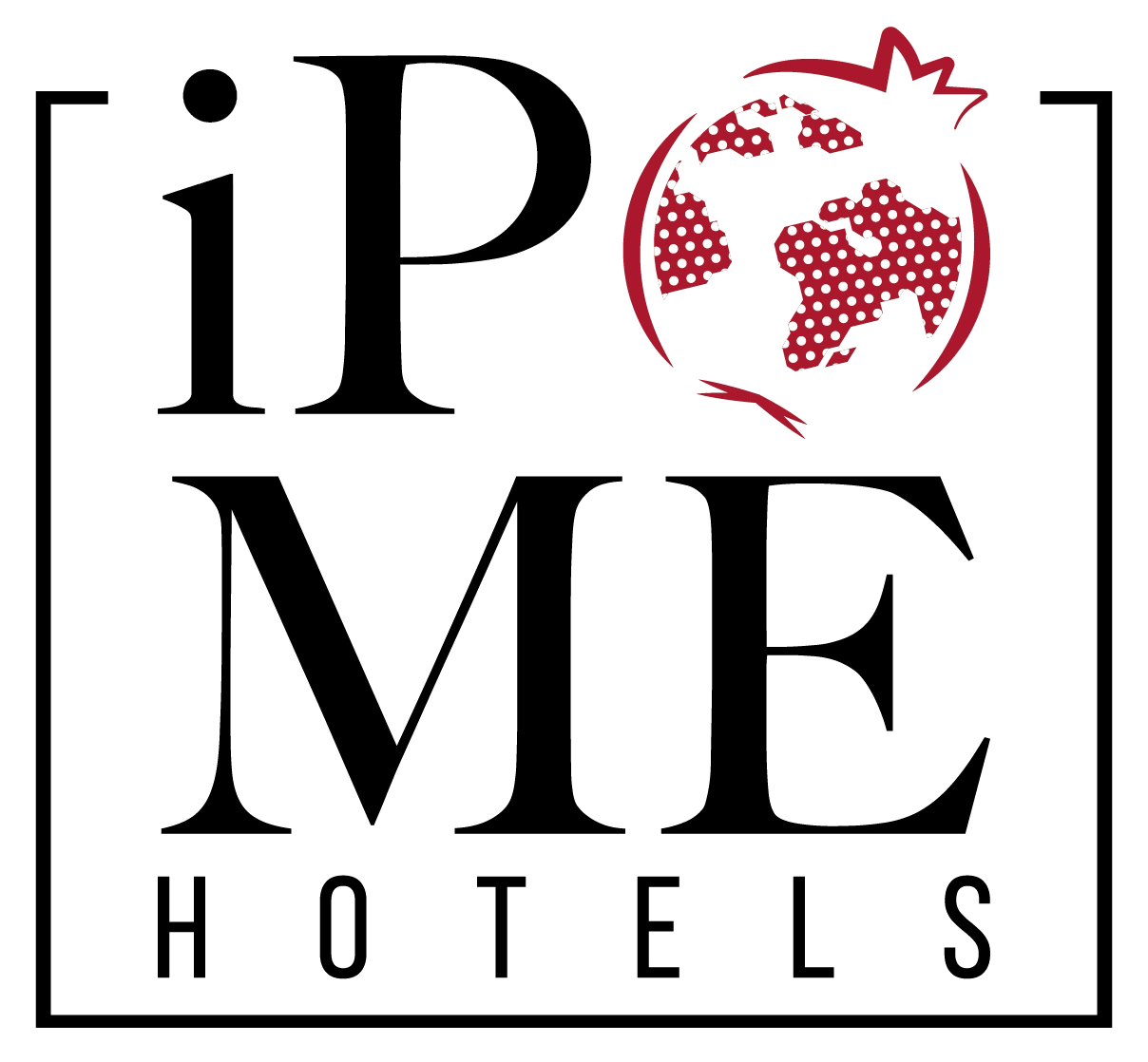Winter in Europe is a wonderful time to visit the most beautiful Christmas markets. If you are looking for Christmas presents and dream of the lovely smell of a Christmas tree or the lovely sound of Christmas carols, please dive into our selection of the best Christmas markets in Europe, the best destinations for perfect Christmas holidays.
Considering the global situation caused by the pandemic, there is no certainty about how many and which markets will be open to visitors, but in any case we have decided to make a selection of the most famous by offering you information on them, hoping that since this Christmas, we will be able to visit them and enjoy the magical atmosphere that is present only at this time of year.
In fact thanks to the city’s stunning old-world charm, the market will again immerse people in the magic that only European Christmas markets can offer. With small villages of wooden kiosks and scintillating lights, get ready to be enchanted.
Copenhagen, Denmark
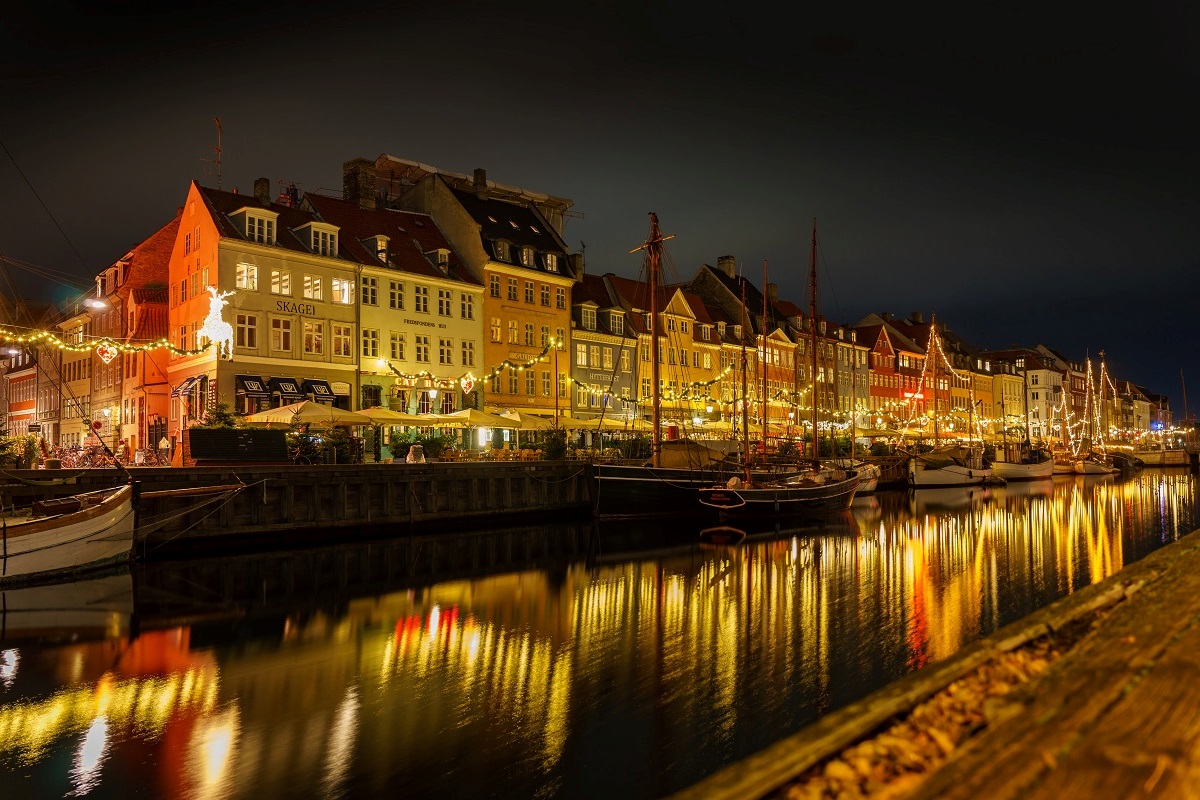
Copenhagen celebrates Jul (as in “yuletide”) with a Christmas crafts market and surfeit of light-bedecked Christmas trees in the city’s famed historic amusement park, Tivoli Gardens. Nearly four miles of lights are artfully hung in patterns dictated by Tiffany’s head designer, while 1.800 more strands are draped on the lakeside willows.
Join the Danes in warding off the cold with æbleskiver (iced doughnuts with black currant jam) and gløgg, a steaming hot mulled red wine laden with raisins, almonds, cinnamon sticks, and cloves all of which are steeped in aquavit or schnapps. There’s also a crafts market installed along a canal in the historic Nyhavn district.
Salzburg, Austria
Salzburg’s Christkindlmarkt is one of Europe’s oldest markets; there are documents from the 15th century describing the fine crafts being sold by elderly women in front of the Salzburg cathedral during Advent season.
It is also smaller and more intimate than the others listed here, just 85 stalls ranged under the floodlit baroque stage set that is downtown Salzburg. With its fountains snuggled under avant-garde glass casings for the winter, church bells echoing off the buildings and the medieval castle glowering down from the cliff above.
It’s a perfect postcard backdrop for browsing stalls selling pewter crafts, furry slippers, and coats while keeping warm with lebkuchen (gingerbread), roasted chestnuts and almonds, sausages, and sweet mulled wine.
Dresden, Germany
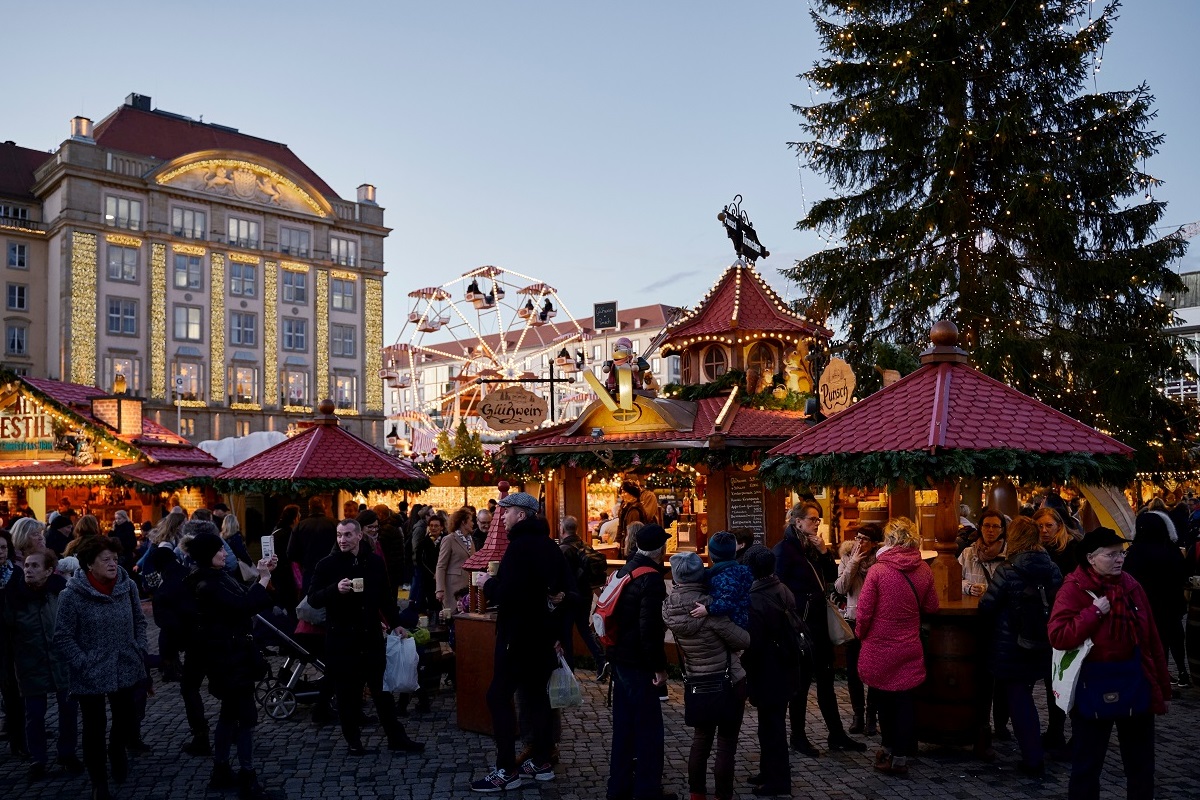
Nothing says Christmas like a four-ton fruitcake. At least, that’s the fervent opinion of the citizens of Dresden, who parade their supersize stollen through the city in early December. Accompanied by the Stollenmädchen, the Saxon fruit loaf wends its way through the medieval streets before making its triumphal entry into the Striezelmarkt.
Here, surrounded by 230 glittering crafts stalls and a “Christmas pyramid,” the stollen is chopped into pieces that are inflicted upon the market-goers. Dresden’s Striezelmarkt and its odd traditions date back to 1434, making it Germany’s oldest continuously running Christmas market.
Strasbourg, France
The France/Germany border has spent centuries dancing to either side of the Alsace region. It’s currently in the France column but its Teutonic traditions have blessed the Alsatian capital of Strasbourg with the oldest (445 years and counting) and best Christmas market in France.
Complete with caroling choirs, Nativity plays, an ice rink and mulled wine served in boot-shaped mugs. Christkindelsmärik wooden stalls stacked with delicate ornaments and Nativity figurines surround Notre-Dame Cathedral and line Place Broglie.
Edible specialties include pretzels, roasted chestnuts, bredele cookies, and flammekeuche (a “flamed cake” thin pizza of bacon, onions, and crème fraîche).
London, England
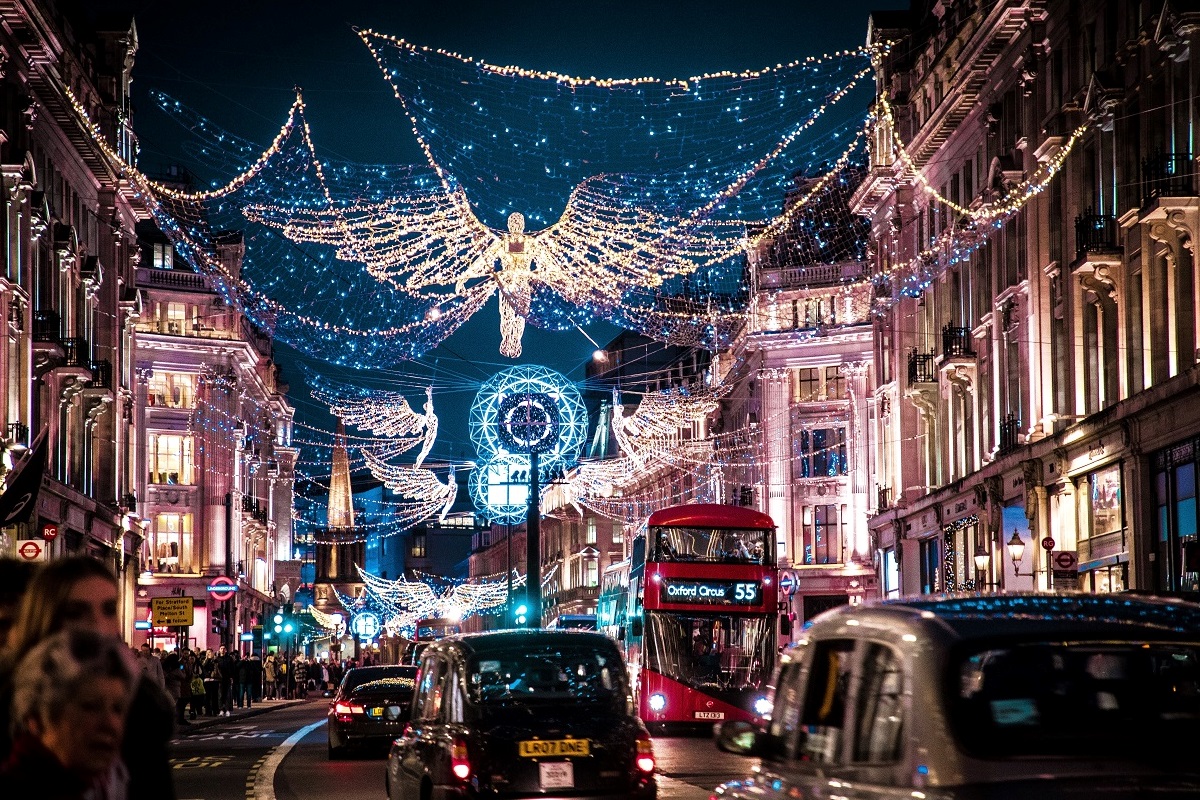
London’s Christmas shopping season opens in November, when Regent Street ceremoniously switches on its Christmas lights for a pedestrian parade. London typically spreads out its Christmas cheer, from the official Norwegian fir on Trafalgar Square to the ice skating rink at Somerset House.
Trees bedecked with fairy lights herald Hyde Park’s Winter Wonderland, which includes London’s largest outdoor skating rink, a toboggan slide, a Ferris wheel, carolers, and a traditional German Christmas market.
More small markets spring up at the Natural History Museum, which installs a temporary ice rink. The Greenwich Market, also with a nearby ice rink. Christmas concerts abound, but it’s hard to resist the carol sing-along at the Royal Albert Hall.
Stuttgart, Germany
The massive, 318-year-old market, set amid the city’s gabled houses hung with fir branches and angels, sprawls across several historic center squares between the Gothic cathedral and ivy-clad castle.
Vendors in some 270 stalls sell wooden toys, glass baubles, nutcrackers, and sheepskin clothing, along with sheep ham, sheep sausages, sheep’s-milk cheese, waffles, gingerbread, roasted almonds and hutzelbrot (fruitcake).
In the evening, grab a warm Glühpunsch wine scented with cinnamon and vanilla and amble into the Old Castle’s Renaissance courtyard for the daily Christmas concert. For the kiddies, the Kinderland on Schlossplatz offers rides (carousel, Ferris wheel, mini steam railway) and some hands-on holiday experiences like making candles.
Vienna, Austria
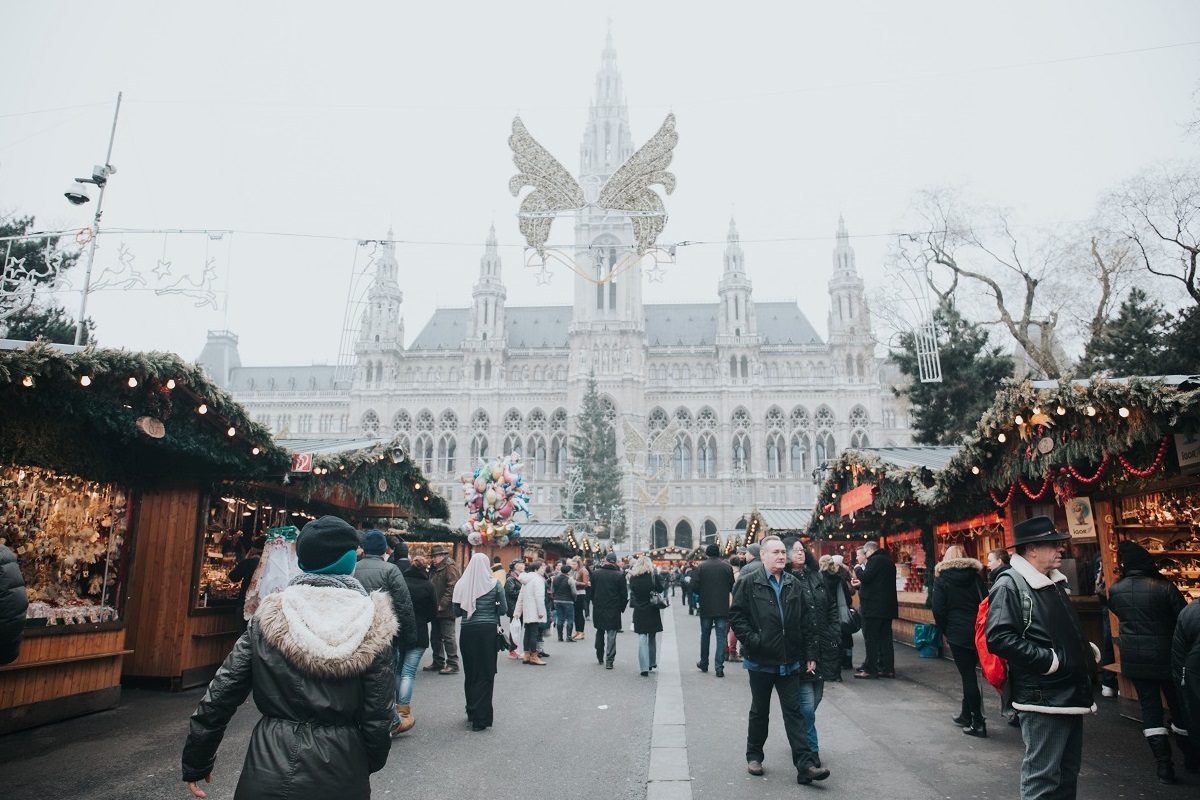
Vienna’s venerable Christkindlmarkt on Rathausplatz flings open its stall shutters to visitors who flock here each year for beeswax candles, wooden toys and glass ornaments. Shoppers snack on cream-filled pastries, candied fruit, roasted chestnuts and Weihnachtspunsch (a spiced “Christmas punch” of wine, brandy, or schnapps sweetened with warm fruit juices).
This market puts a premium on tradition: there are precious few tacky stands selling plastic toys, and Santa Claus, whom many locals view as the Hollywood harbinger of a commercialized Christmas, is strictly verboten.
Instead, there’s the traditional Wiener Christkindl, the official Christ Child, invariably played (following an odd Teutonic custom) by a young woman with long blonde curls. There’s another market of luxe Christmas wares in the baroque forecourt of the suburban Schðnbrunn Palace, and a more intimate and sophisticated market lining the narrow cobblestone streets of Vienna’s Spittelberg district.
